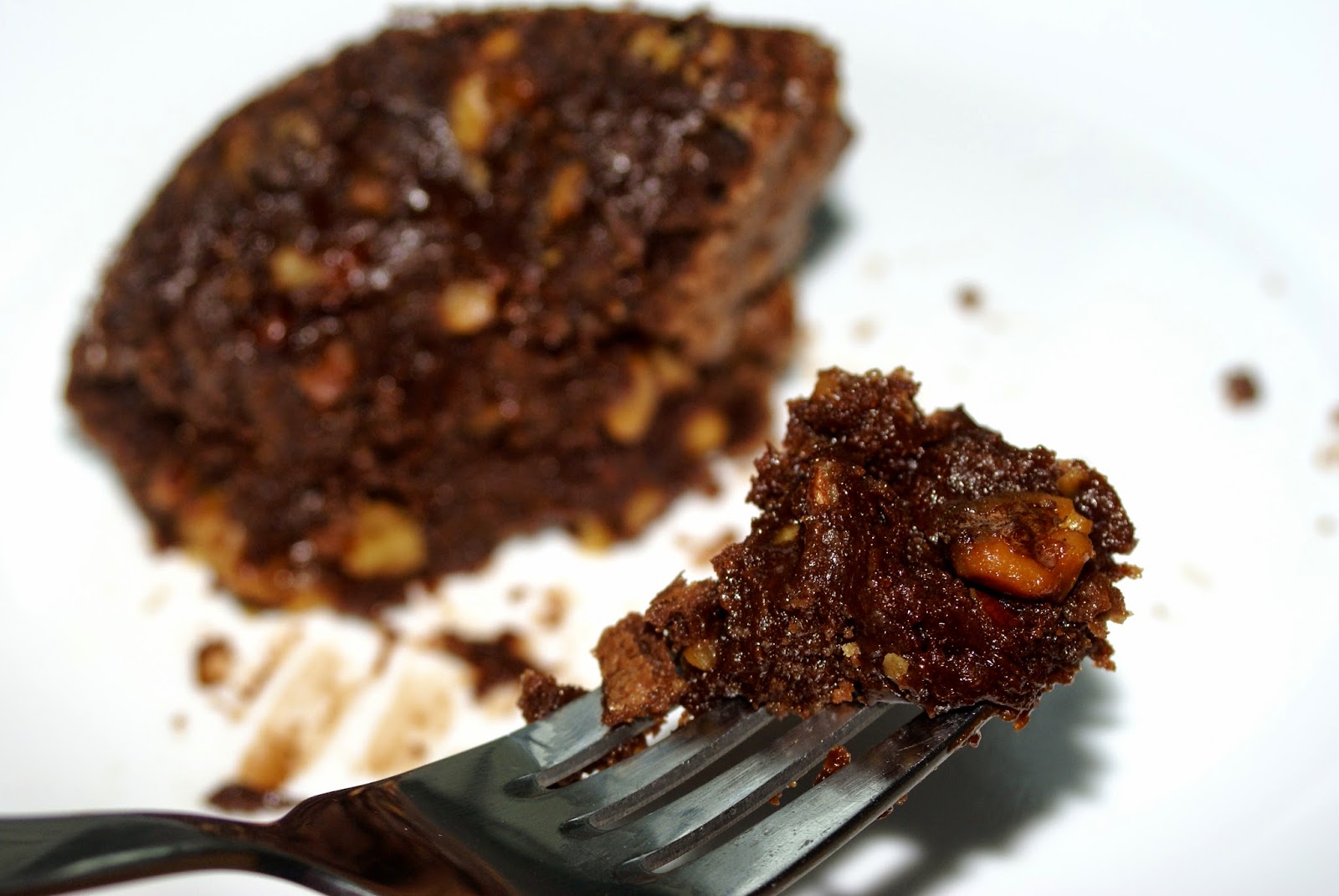Butter
Flour
Milk
Velveeta, cubed
Ham, sliced thin
English Muffins, split
Eggs
I think it's best to begin with the sauce: it's a roux-based cheese sauce, so begin by combining flour and butter-- about equal parts of each. For a small batch (3 cups), use about 1 heavy Tbsp, we were making enough for about 11 people. Also, leftover sauce keeps well, and is good on pasta or potatoes or broccoli… anywhere you might want cheese! You can do this in a microwave-- combine them in a large microwave-safe bowl, and microwave until the butter is melted. Mix together, and add milk. My fiancé's grandmother has this cool non-whisk that will get lumps out of anything, so she goes ahead and adds a few cups in 1 go; those of us without them must either risk lumpiness (not the end of the world), or add a little bit of milk, heat, stir until completely combined, and repeat over and over. But heating and stirring will get it combined and thickened into a sauce; if too thick, add more milk. Once you've got it more-or-less as thick as you'd like, add the velveeta. Heat and stir, until everything is melted into a uniform sauce. You may need to add milk again at this point to thin it a little.
Toast up your ham right now. Just put it in a (buttered for flavor and non-sticking) pan and warm it up over low heat. I like a little browning, so I might turn the heat up a bit; grandma doesn't, so she just keeps it at the lowest setting while she does everything else…
 Once you have your sauce how you want it, put a pan of water on the stove. You want to get it to just about (but not quite) boiling. While this is heating, toast and butter your English muffins. Once the pan is to the almost boil, reduce the heat to keep it that way. You may see bubbles all around the pan, but they must not actually be rising to the surface. Carefully slip the eggs into the pan. Grandma just breaks them right over the water's surface; other places I've seen people suggest cracking them into a bowl and pouring them in. The goal is to be smooth and ease them into the water. Let them sit there until done. When are they done? Well, first look for the white to be white: you shouldn't be able to clearly see the yolk. At left, the yolks on the right-hand side of the pan are almost there; the center are just added. Then gently scoop one out (use a slotted utensil). Give it a little shake. It should have some jiggle to it, but should not be wobbling all over the place. Think bread pudding, not jello.
Once you have your sauce how you want it, put a pan of water on the stove. You want to get it to just about (but not quite) boiling. While this is heating, toast and butter your English muffins. Once the pan is to the almost boil, reduce the heat to keep it that way. You may see bubbles all around the pan, but they must not actually be rising to the surface. Carefully slip the eggs into the pan. Grandma just breaks them right over the water's surface; other places I've seen people suggest cracking them into a bowl and pouring them in. The goal is to be smooth and ease them into the water. Let them sit there until done. When are they done? Well, first look for the white to be white: you shouldn't be able to clearly see the yolk. At left, the yolks on the right-hand side of the pan are almost there; the center are just added. Then gently scoop one out (use a slotted utensil). Give it a little shake. It should have some jiggle to it, but should not be wobbling all over the place. Think bread pudding, not jello.











